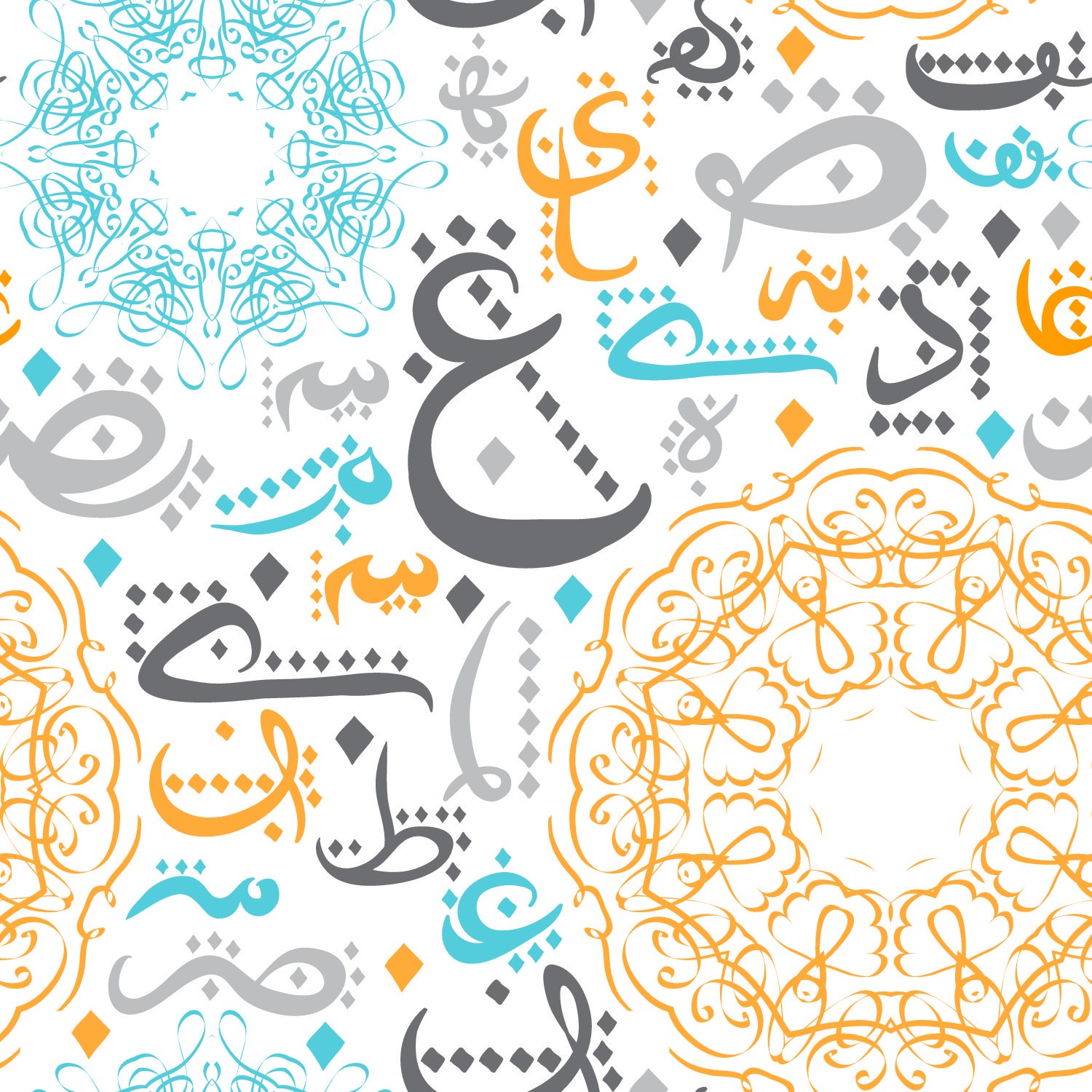
THE ARABIC LANGUAGE
Perhaps one of the most fascinating languages in the world today is the Arabic language. It is also one of the most spoken languages, ranking fifth just behind the English and Hindi languages, based on the latest published statistics from Ethnologue. Currently there are 242,000,000 people in 60 countries that speak Arabic as their first language.
The Arabic languages can be traced as far back as AD 512 to 562. The Arab traders from the Mediterranean naturally brought their language with them when interacting with other cultures, so that the spread of the Arabic language came to be. There are two versions of the Arabic language. Classical Arabic is the language used in the Qur’an. It has not changed and it is the one that is taught academically, and the language used by religious scholars. Today it is more of a formal written language.
Modern Standard Arabic (MSA) is almost the same as Classical Arabic and used and understood in everyday spoken contexts by Arabic speakers around the globe. It is the language mainly used by politicians and the media. Likewise, it is used in schools teaching Arabic as a foreign language as well as in modern Arabic literature.
Influence of the Arabic Language
As one of the oldest and most widely spoken languages in the world, it’s not surprising that the Arabic language has influenced many other languages in the world.
In Europe, both Latin and Greek have been influenced by the Arabic Language. Hence, much of the Romance languages such as Portuguese, Spanish, Catalan and Sicilian borrow many vocabulary words from Arabic.
Its influence can be seen in Turkish, Kurdish, Persian and Urdu. The African languages of Somali and Swahili have also been touched by the Arabic Languages. The influence of the language has also reached the languages spoken in Asia, such as Hindi, Malay, Indonesian, Pashto, Punjabi, Sindhi, Hausa and Tagalog. At the same time, many English words actually borrowed heavily from the Arabic language.
Five Things That Make the Arabic Language Unique
Given the extent of the influence of the language, it is still difficult for non-speakers to learn Arabic. Perhaps this is because there are many nuances to the language that can be deemed unusual or maybe downright weird for those who don’t speak Arabic. Here are five of the things about the Arabic language that make it unique:
1. Most Words in the Arabic language always start with a consonant letter
Probably one of the unique things about the Arabic language is that the words always begin with a consonant, followed by a vowel. This is much unlike many words in the English language that have two consonants in succession, sometimes even having silent letters.
2. The Arabic alphabet only has 3 vowels
The Arabic alphabet comprises 28 letters. However, only three of these are vowels. These three vowels have five different variations. This means the majority of the Arabic words just have consonants. How could a language with just three vowels accommodate so many words? Pothooks and titles are used to differentiate the vowels in the written form, but this is just seen in their scripture. Just like the vowels, the consonants also have variations with a third of the consonants having up to four variations.
3. Arabic is written in script, right to left
Unlike most other languages, Arabic is written in script. This accounts for the Arabic Alphabet being one of the most visually interesting written languages in the world due to its distinct cursive format. At the same time, it is written from right to left, unlike Latin based languages, which are written from left to right.However, the numerals are written from left to right, with several variations for the numbers 4, 5, 6 and 7 in the Arabic language used in India, Pakistan and Iran.
4. There are letters with several variations in the Arabic Alphabet
The Nabataean alphabet system on which the written Arabic language is based on did not have singular letter symbols for about a third of the alphabet. Examples of this are the letters H, G, K, T and Z, where there are four ways for them to be written. This means that some consonants would share the same shape. As a way of differentiating the consonants that shared the same shape, a system of dots, which were placed over the letters, was developed. But there are no letter shapes assigned to B and F. However, just as all languages evolve over time to adapt to other cultures, additional letters were used to refer to foreign words and nouns with sounds that are not used in the standard language.
5.With the Arabic language, take its context
In its written form, the Arabic language does not seem to use punctuation marks. Actually punctuation marks are used, although their position and orientation are different than what you are used to in English sentences. The Arabic comma for example faces the other direction (،) and could be found on top of the line instead of below. In Arabic the question mark is written like this: ؟, while the English way is to write it in this way: ?. Also, a colon is used before the introduction of a quotation, which should be enclosed by quotation marks.
These are just some of the things that add texture and interest in the Arabic language, providing one of the most commonly spoken languages in the world its own distinct personality. It is interesting to note that the written language is quite different from the spoken version, which probably provides another challenge for those trying to learn to speak it, and for those trying to do an English to Arabic translation and vice versa. However, it’s good to keep in mind that what is unique for others is simply the norm for those who know it.
